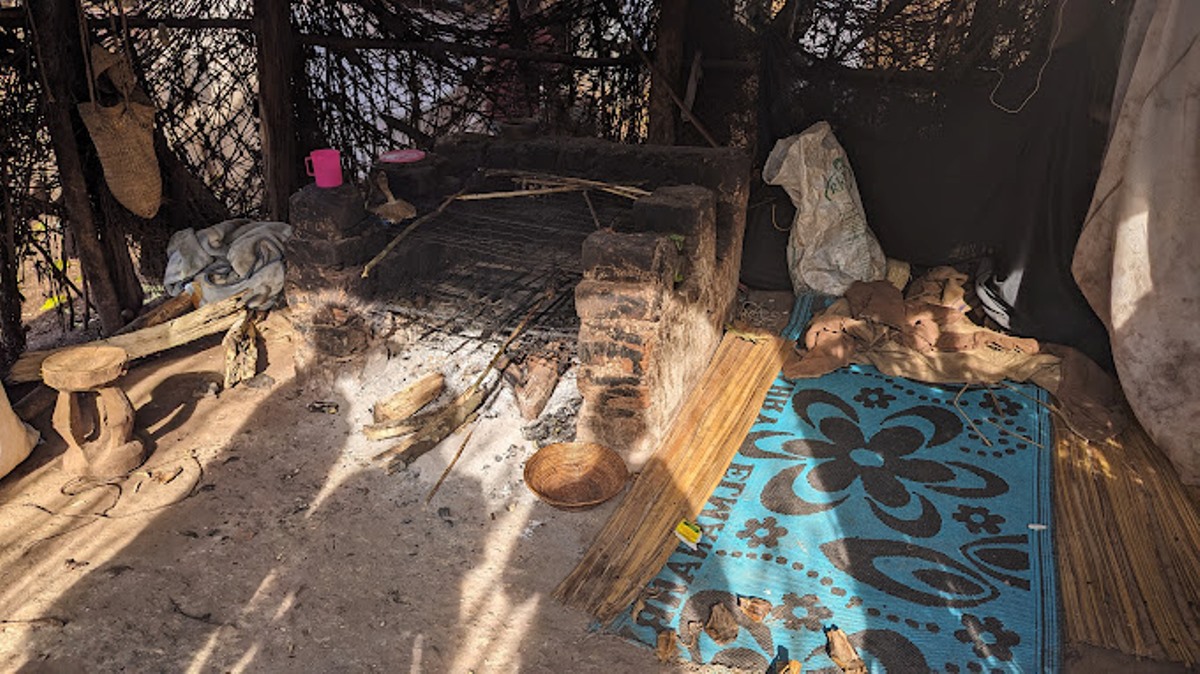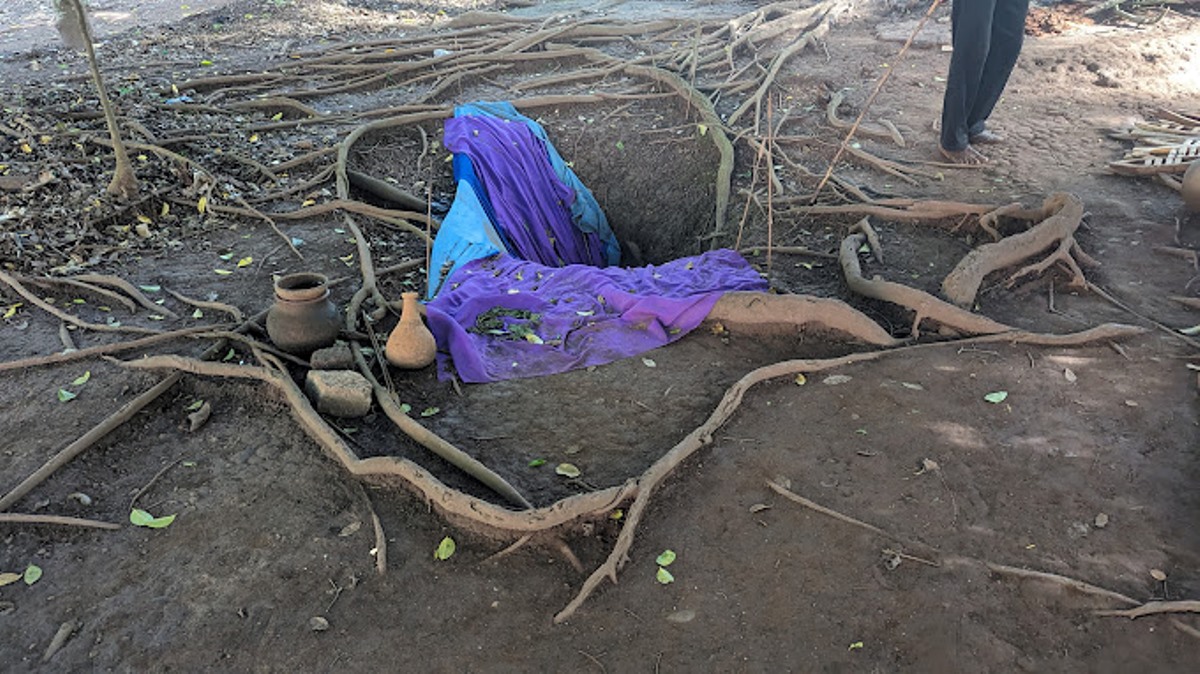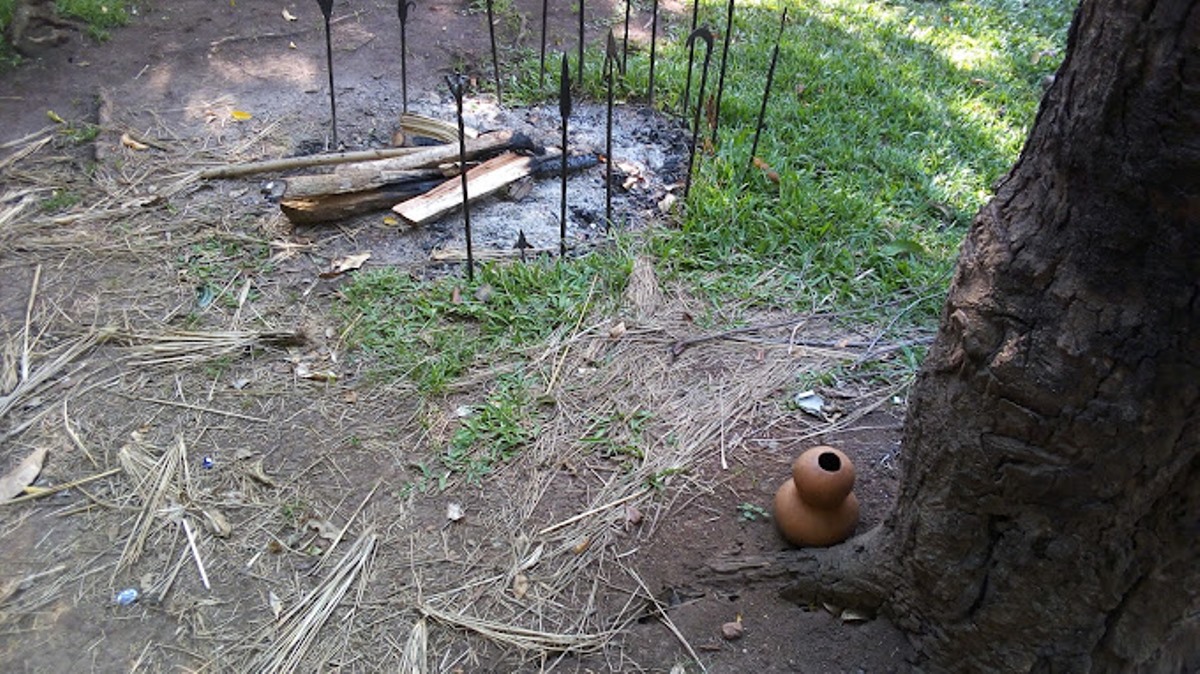Tanda Archeological Pits, Mityana – Uganda
TANDA ARCHEOLOGICAL PITS TRAVEL GUIDE
TANDA ARCHEOLOGICAL PITS LOCATION, UGANDA
The Tanda Pits, also known as the Tanda Archaeological Site, are located in Tanda Village, Mityana District, Uganda. This site is approximately 48 kilometers West of Kampala, along the Kampala-Mityana highway. The pits are a significant cultural and historical landmark, believed to be associated with the legend of Walumbe, the god of death in Buganda mythology.
TANDA ARCHEOLOGICAL PITS HISTORY, UGANDA
The Tanda Pits, also known as the Tanda Archaeological Site, are located in Tanda Village, Mityana District, Uganda. This site is approximately 48 kilometers West of Kampala, along the Kampala-Mityana highway. The pits are a significant cultural and historical landmark, believed to be associated with the legend of Walumbe, the god of death in Buganda mythology.
EARLY ORIGINS OF TANDA ARCHEOLOGICAL PITS, UGANDA
The Tanda Pits are a group of over 240 circular pits, each about 12 feet deep, scattered across the forested area of Tanda Village. According to Buganda mythology, these pits were created by Walumbe, a central character in the creation myth of Kintu, the first man on earth. The legend states that Walumbe, who personifies death, created these pits while trying to escape from his brother Kayikuzi, who was sent by their father Ggulu to bring him back to heaven.
MYTHOLOGICAL SIGNIFICANCE TANDA ARCHEOLOGICAL PITS, UGANDA
The story of the Tanda Pits is deeply rooted in Buganda folklore. According to the myth, Kintu lived on earth with his beloved cow, while Ggulu, the creator, lived in heaven with his children, including Walumbe, Kayikuzi, and Nambi. Nambi fell in love with Kintu and married him, but Walumbe, unhappy with the union, followed them to earth, bringing sickness and death. When Ggulu sent Kayikuzi to retrieve Walumbe, a fierce battle ensued, during which Walumbe created the pits to hide from his brother. These pits are believed to be the entrances to the land of the dead.
ARCHAEOLOGICAL AND CULTURAL IMPORTANCE TANDA ARCHEOLOGICAL PITS, UGANDA
The Tanda Pits were first documented in 1920 by E.J. Wayland, who observed locals visiting the site to worship the gods. The pits are considered sacred and are believed to have healing powers. People visit the site to communicate with spirits and seek healing from misfortunes. The site also features two shrines enclosed in a reed fence, where traditional worshippers perform rituals and offer sacrifices.
MODERN-DAY RELEVANCE TANDA ARCHEOLOGICAL PITS, UGANDA
Today, the Tanda Pits are a popular tourist destination and a significant cultural heritage site. The area is covered in thick forest, providing a serene environment for visitors. The main shrine, known as Embuga Ettanda, is believed to be where Walumbe disappeared into the earth. The site is managed by caretakers who ensure that its cultural and environmental integrity is preserved.
The Tanda Pits stand as a testament to the rich cultural heritage and mythology of the Buganda Kingdom. Their historical and archaeological significance, combined with their mythological roots, make them a fascinating destination for both locals and tourists. The ongoing preservation efforts ensure that the Tanda Pits remain an important cultural landmark for future generations.
TANDA ARCHEOLOGICAL PITS ENTRANCE FEE, UGANDA
| Type of tourist | Rates |
| Local Tourists | $2 |
| Foreign Tourists | $5 |






